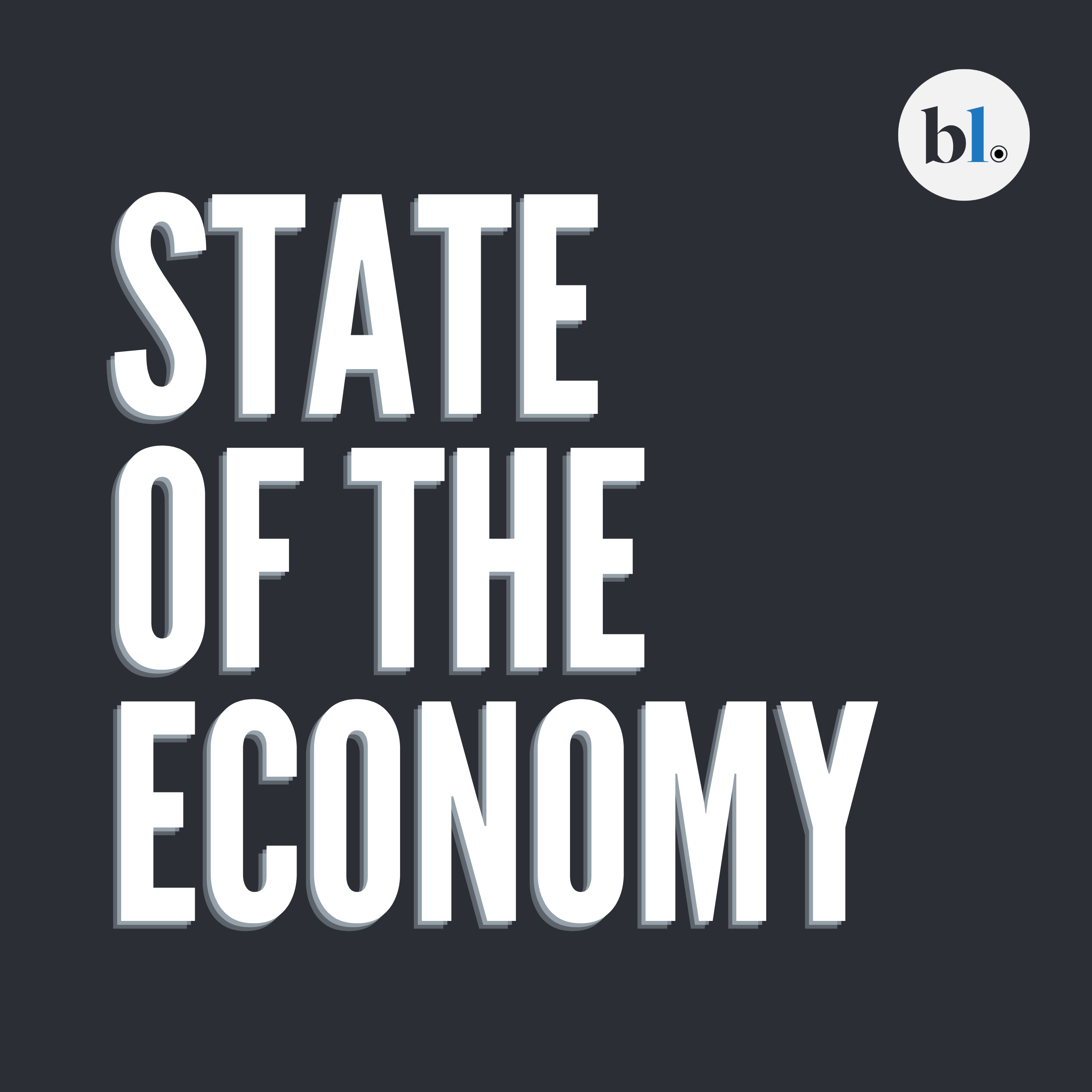How late monsoons and El-Nino effect can affect gold demand
Somasundaram PR, the Regional CEO of the World Gold Council talks to businessline’s Subramani Ra Mancombu on the reasons for the increase in prices; how late monsoons or the El-Nino effect can affect gold demand; and why demand is still low in the festival season.Somasundaram points out that while high import duties, currently at 18.5%, have contributed to the high prices, they are not the sole reason for the decrease in demand. He suggests that gold prices have risen by more than 100% in the past three years, and despite this, people still consider it a good investment. He believes that consumers should not grudge paying higher taxes on gold purchases, as the government facilitates gold imports by providing precious dollars.Another key topic of discussion in the podcast was about how gold prices in India could be affected by the late monsoons. The speaker says that both late monsoons and the El-Nino effect could affect the demand for gold. However, the Indian government, has been able to manage such situations better over the last twenty years.Somasundaram also speaks about the implementation of mandatory hallmarking and the unique ID system for gold. While some sections of the trade remain unconvinced and see it as a tracking mechanism, Somasundaram emphasises that these measures are aimed at consumer protection and traceability. He believes that technology has played a crucial role in the gold industry and that the adoption of the unique ID system will make recycling easier in the future.Regarding investments in digital forms of gold, Somasundaram notes that while digital platforms and ETFs (Exchange-Traded Funds) have seen growth, they still represent a small portion of overall gold demand in India. He highlights the importance of establishing a regulatory framework for digital gold accumulation plans to further enhance investor interest in digital gold.Overall, he believes that a comprehensive approach involving industry initiatives and government support is required to address the challenges and promote sustainable growth in the Indian gold market.

